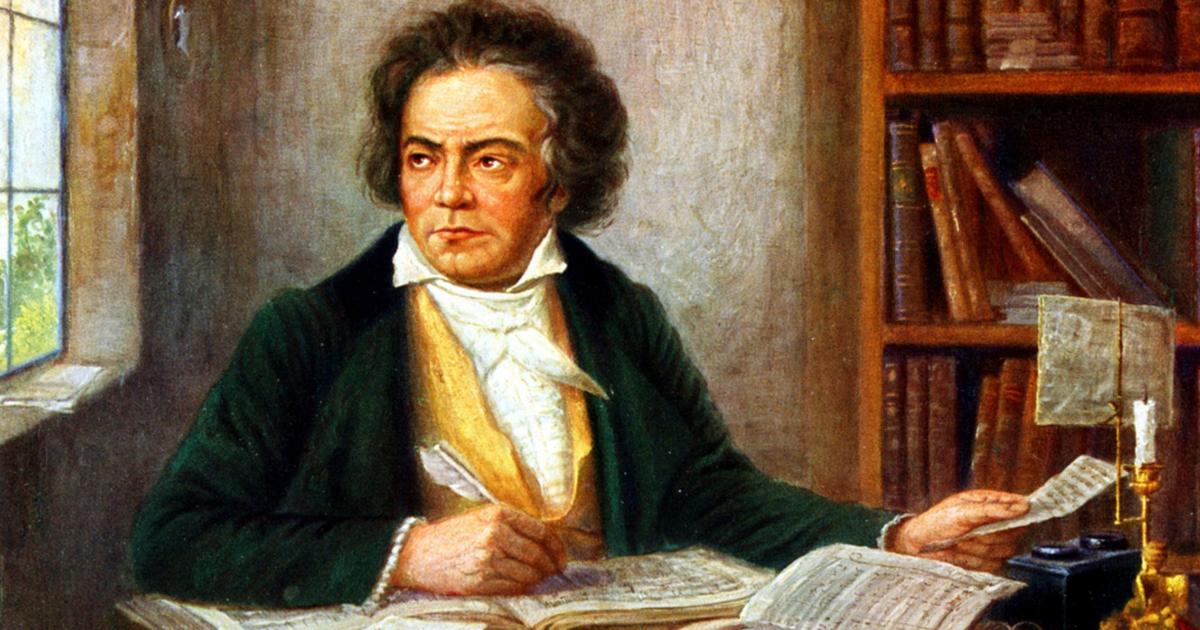Between September 1941 and January 1944, the city of Leningrad (now Saint Petersburg) remained besieged by the Nazi army.
For 872 days its inhabitants were completely surrounded, more than a million people died victims of an inhuman siege.
Nearly a third of the population perished and survival was an act of daily heroism with hardly any drinking water or food.
The composer Dmitri Shostakovich was there at the beginning of the siege and announced on the radio that he would write his seventh symphony dedicated to the city: “The inhabitants of Leningrad who are listening to me know that in our city life goes on ...”.
The promise was a call to hope and worked as a plea to reverse Hitler's will to completely annihilate the city.
,
1968) in the book
Sinfonía para la ciudad de los muertos,
recently published in Spanish by Pop Ediciones in a careful edition of more than 470 pages with translation by María Serrano.
More information
Shostakovich, the transcendental
The
Leningrad Symphony
, as it became popularly known, became a state affair.
Saving that composition and bringing it to fruition from the Soviet Union even had the collaboration of the American secret services.
MT Anderson, who answers to
El País
By email from his home, “just across the river from the city of Boston”, he tells how the process of preparing the work was: “It took us five years to do all the research and write the book.
One part of the story—the smuggling of Shostakovich's seventh symphony on microfilm into the United States—had never been documented before, making the investigation especially complex.
The documents that survived ranged from the libraries of New York to the mountains of Vermont to the vaults of Moscow.
The book is an apology, as Anderson himself tells, of the social power of music.
“The power of music is transcendental for several reasons: it unites people, for better or for worse;
prepare armies for action;
help people cry;
He even convinces us that we are in love.
This is as true now as it was in Shostakovich's time.
Think of the way the kyiv Classical Orchestra defiantly gathered in one of the city's great squares to play music as the Russians advanced on the city last spring.
Music changes the stories we tell about ourselves.
In the case of the Ukrainians, as was the case in Leningrad decades ago, part of the reason they are able to resist the invader is that they believe they can.
Shostakovich's composition had the particularity of being a recognition of the city and its inhabitants rather than a story of military exaltation in the context of a war.
For Xosé Manoel Núñez Seixas, a professor of Contemporary History at the University of Santiago de Compostela who knows Saint Petersburg well and the role of the Soviet Union during World War II, the symphony is "a tribute to all sectors of the city that resisted the Nazi invader.
Núñez Seixas recounted by phone that this collective story is still kept in the memory of the city today, very different from the one made later on the battle of Stalingrad: “For those who survived and many descendants, the resistance in Leningrad was different.
The population remembers with pride how they managed to survive in those conditions as a collective feat”.
In this feat of its inhabitants, the symphony was an important element because, he points out, it must be remembered that then and now in Russia opera was a "popular genre, with very affordable prices", far from the concept of a space banned only for elites that there are in other countries.
Listening to the symphony one has the sensation of going through a threatened city, but also of hearing an apology for hope and humanity.
“Shostakovich openly told his friends that his music was not just about a city or a nation, but about the oppression of the human spirit everywhere.
This is the grandeur of art: although it emerges at a specific political moment, it can go further, speak to people over time”, says Anderson.
And he adds: “Shostakovich's love for his city is in the foreground in the symphony.
The second movement, an
intermezzo
, is much lighter, a memory of a city of halls, concerts and palaces.
And at the end of the symphony, as a climax, that theme in C major, bold and proud, to conclude the entire gigantic work, as if to say: the city we love will be ours again.
Our home will be ours again.
Overcome.
Don't give up."
Precisely about the "oppression of the human spirit" that MT Anderson points out, the relationship that Dmitri Shostakovich and his family had with the Russian Revolution is important.
A process that greatly influenced the cultural sphere and that evolved towards a cruel dictatorship that affected the composer and that is perceived in the book, in the context of the Stalinist purges prior to the Nazi invasion that the population of Leningrad also suffered.
“Shostakovich recognized that the ideals of the Revolution were noble, but that those ideals had been co-opted by totalitarian leaders.
The Russian Revolution worked by promising a future that never came.
Shostakovich saw his friends arrested, tortured and executed, his father sickened and starved during the civil war, his own life threatened in public.
This double vision was part of his confusion”, points out the author.
A drive of disaffection and hope that is conveyed by a book that tells a monumental story, that of a symphony written as a vindication of beauty against destruction and totalitarianism.

/cloudfront-eu-central-1.images.arcpublishing.com/prisa/MD35YSJU7RA33AGCQKYR7ZZ5LQ.jpg)

/cloudfront-eu-central-1.images.arcpublishing.com/prisa/XWGQ7OKMRBDIZHWIQPOHFW54FM.jpg)





